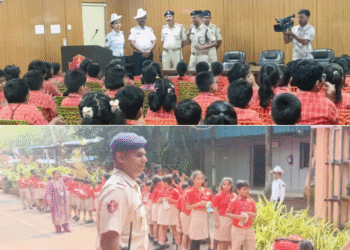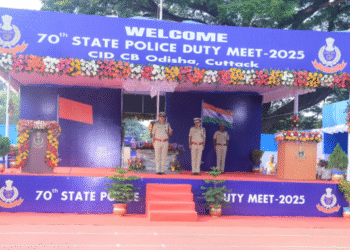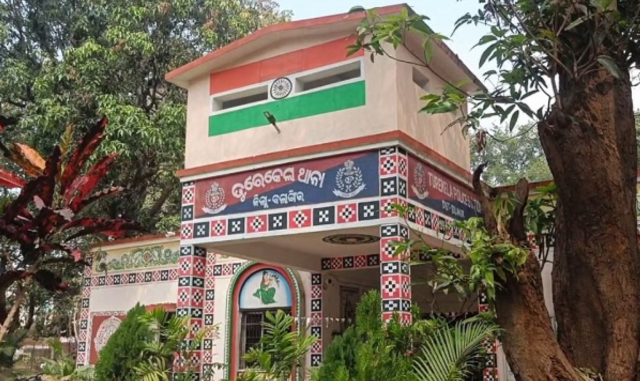In a proactive step towards better urban animal management, the Bhubaneswar Municipal Corporation (BMC) is set to conduct a detailed census of stray dogs across the city starting from the second week of September.
This initiative, aimed at obtaining accurate data on the stray dog population, will be carried out during the early morning hours when streets are relatively empty, making it easier to spot and count the animals without disruptions.
BMC Commissioner Chanchal Rana emphasised the strategic timing of the census, stating, “The pre-dawn period ensures the streets are deserted, allowing dogs to congregate more visibly on roadsides. This will facilitate a smoother and more accurate enumeration process.”
The census will involve a collaborative effort from sweepers, sanitation workers, and BMC officials, who will all participate in the fieldwork. Before the start, specialised training sessions will be organised for the teams to ensure standardised methods of counting. The drive is scheduled to wrap up within 10 days of its commencement, covering all wards of the city. Drawing advice from veterinary doctors, the census will begin simultaneously across each ward, with 3 to 4 officials assigned per ward to handle the task efficiently. This systematic approach will help identify the exact number of stray dogs in specific areas, providing valuable insights for future animal welfare and public health programs.
Previously, the stray dog population in Bhubaneswar was estimated based on human demographics, with the figure ranging from approximately 40,000 to 45,000. However, Commissioner Rana noted that this census will deliver the true, ground-level statistics. “Once completed, we’ll have precise data on how many dogs are in the city and in which regions they are concentrated. This will enable more targeted interventions,” he added.
BMC has assured that the census will be conducted non-invasively, focusing solely on observation and counting to avoid any distress to the animals.





























